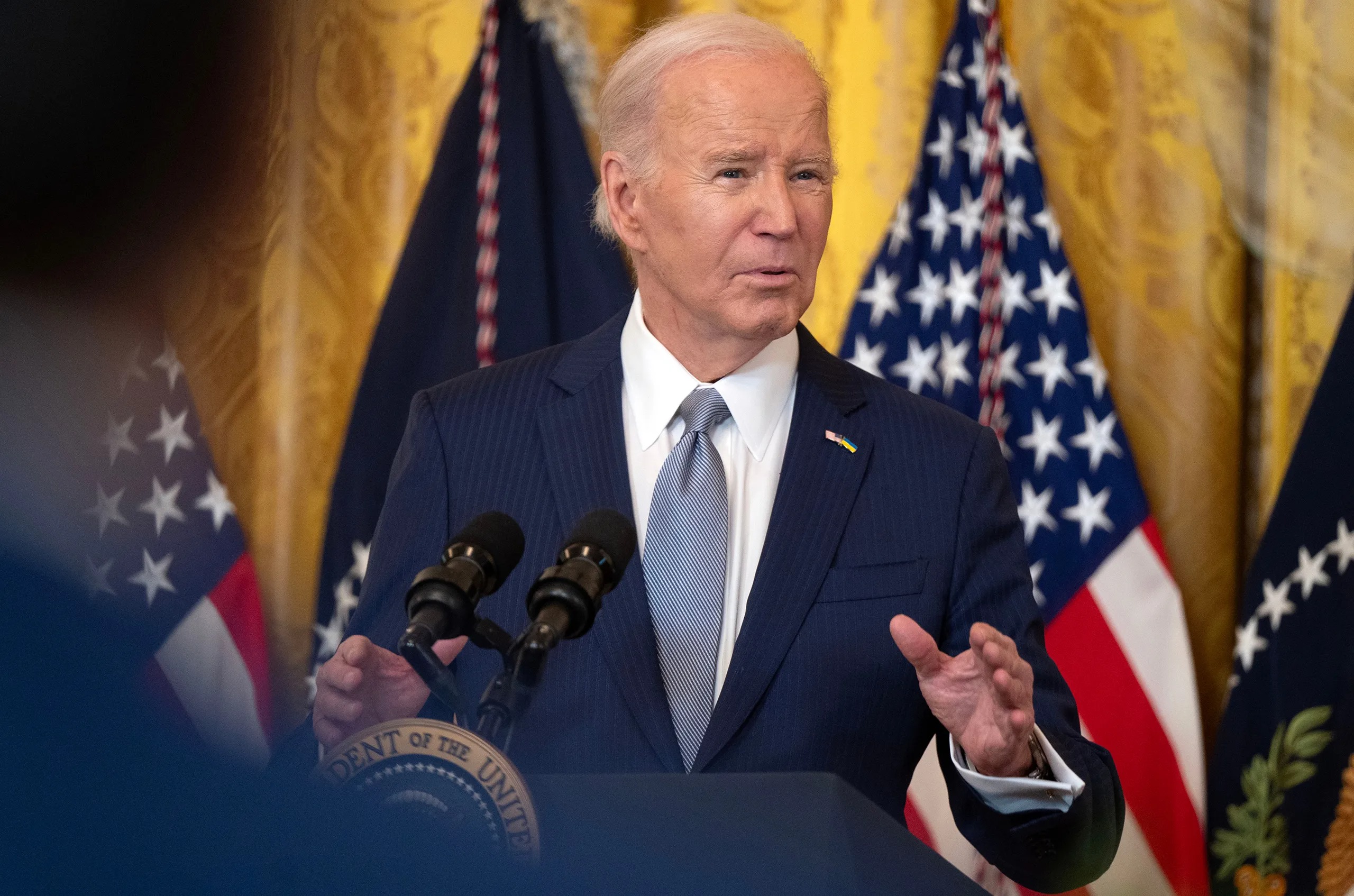On February 22nd, four months into Israel’s ground invasion of Gaza, Benjamin Netanyahu laid out his vision of “absolute victory” to his war cabinet. The timing was unsurprising, given the Israel Defense Forces’ impending assault on the southern Gazan city of Rafah.
Netanyahu believed that four of Hamas’s last six battalions were hiding in tunnels there, along with an estimated hundred surviving hostages. He anticipated “the intense phase of the fighting” to be “weeks away from completion,” as he informed CBS on Sunday.
Netanyahu’s postwar plan for Gaza, however, offered a blend of counter-insurgency strategies and aspirations for Greater Israel, seemingly prioritizing these over the lives of hostages—a predictable stance for the Israeli leader.

Joe Biden (Credits: The New Yorker)
Meanwhile, President Joe Biden has indicated a different approach. While indulging in ice cream with late-night host Seth Meyers in New York, Biden expressed hopes for a ceasefire deal “by next Monday.”
The State Department, for its part, has been advocating for a postwar vision involving Saudi Arabia’s normalization of relations with Israel, contingent upon progress towards a demilitarized Palestinian state.
However, the Biden Administration risks being overshadowed by Netanyahu’s tactics, which it has tacitly supported. An attack on Rafah would exacerbate the already substantial casualties and damage for which Biden is seen as complicit.
Furthermore, it would jeopardize efforts to forge a military and economic alliance among Arab countries, potentially integrating Israel, a prospect Biden has been working towards.
In navigating the complexities of the Israeli-Palestinian conflict, Biden faces the challenge of reconciling his desire for a ceasefire and a peaceful resolution with the realities of Netanyahu’s aggressive military strategy.
The outcome will not only shape the immediate humanitarian situation in Gaza but also have significant implications for broader regional stability and U.S. foreign policy objectives.























